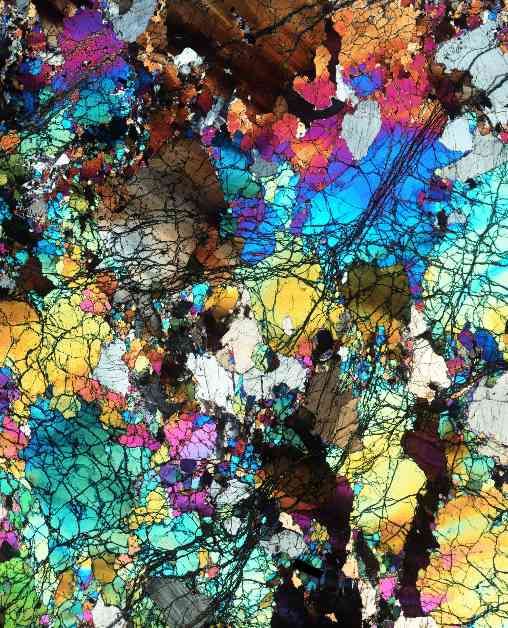A group of researchers at the Smithsonian’s National Museum of Natural History have recently conducted a study on rocks that are believed to be at least 2.5 billion years old. These rocks were collected from the seafloor near the Gakkel Ridge and the Southwest Indian Ridge, two slow-spreading tectonic plate boundaries. The researchers found that these rocks have unusual geochemical properties, indicating that they melted at extreme temperatures deep within the Earth during the Archean Eon.
The study, published in the journal Nature, challenges previous theories about the oxidation state of Earth’s mantle. The researchers discovered that the ancient rocks they studied are 10,000 times less oxidized than typical modern mantle rocks. This suggests that the mantle was much hotter during the Archean Eon, allowing for rocks with low oxidation levels to form. The study provides evidence that the oxidation state of Earth’s mantle has remained stable over billions of years, contrary to what other researchers have proposed.
By analyzing the chemical properties of these ancient rocks, the researchers were able to infer that they melted deep within the Earth at very high temperatures. This process protected the rocks from further melting and alteration, preserving their unique chemical signature for billions of years. The findings suggest that Earth’s mantle has cooled over time, leading to a decrease in the production of rocks with low oxidation levels.
The study sheds light on Earth’s early geologic processes and contributes to our understanding of the planet’s evolution. By examining these ancient rocks, researchers can gain insights into the conditions under which they formed and the changes they have undergone over geological time. This research provides valuable information about the chemical history of Earth’s mantle and challenges long-standing theories about the planet’s geologic history.
Moving forward, the research team plans to further investigate the geochemical processes that shaped these ancient rocks by simulating high pressures and temperatures in the lab. Their goal is to gain a better understanding of the conditions that existed during the Archean Eon and how they have influenced Earth’s mantle over billions of years. The study was supported by the Smithsonian and the National Science Foundation, highlighting the importance of continued research in understanding Earth’s geological history.












